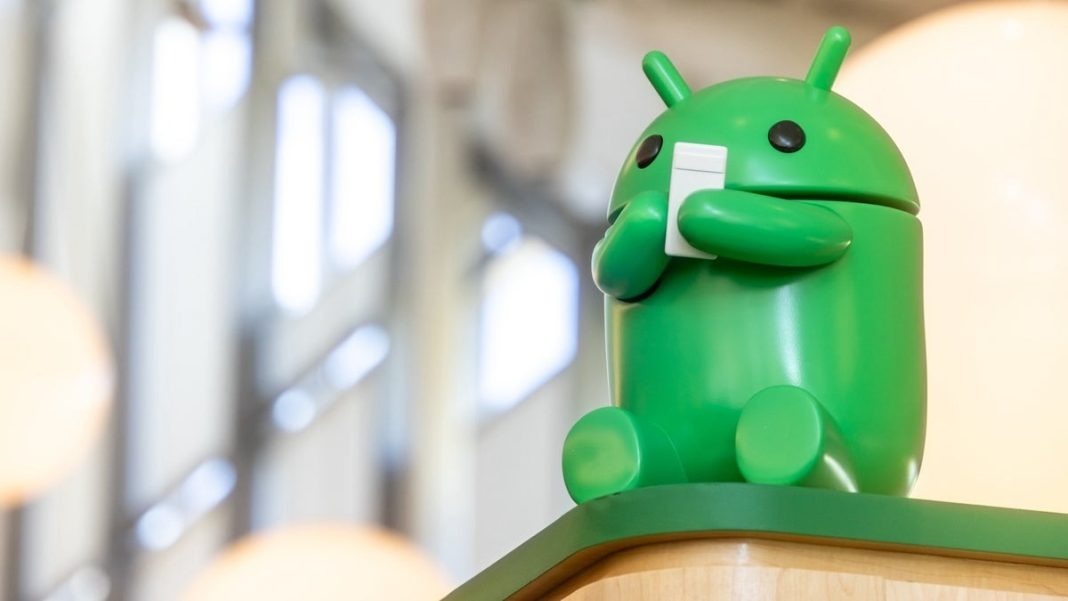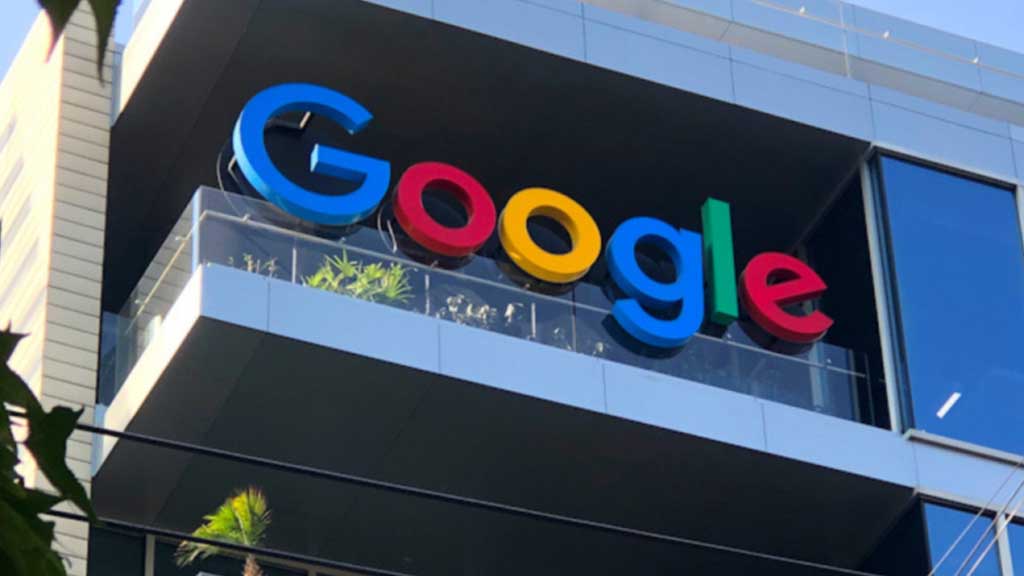Pixel
Google June 2024 update fixed a major Pixel flaw
Google addressed a major Pixel flaw with the June 2024 Feature Drop update. Among 50 patched Pixel security vulnerabilities, Google addressed a major flaw that hackers could (and did) exploit.
AndroidHeadlines reports that Google noted this high-level security vulnerability as ‘CVE-2024-32896’, and it’s part of the Pixel Firmware. The company hasn’t revealed much detail about the CVE but highlighted that:
- “there are indications that CVE-2024-32896 may be under limited, targeted exploitation”.
In particular, Pixel’s June 2024 software includes fixes for a total of 50 security vulnerabilities. The denial-of-service (DoS) issue was also addressed which impacted Modem, and numerous information disclosure flaws.
Pixel 5a 5G and newer smartphones are gradually receiving the June 2024 firmware. It’s not a basic update, but it brings plenty of enhancements, new features, and Gemini Nano function for Pixel 8 and Pixel 8a.
Android
Android 16 enhances notification privacy and introduces integrated screen dimming

Android 16 is already making waves with its first developer preview (DP1), introducing two notable features that improve privacy and usability: automatic hiding of sensitive notifications on the lock screen and seamless integration of screen dimming functionality into the brightness bar. These updates aim to enhance user experience while prioritizing data security and convenience.
Protecting Sensitive Notifications on the Lock Screen
Lock screen notifications offer quick access to updates, but they can expose sensitive information to prying eyes, especially if your device is lost or stolen. Android 16 tackles this issue by automatically hiding the contents of sensitive notifications, particularly those containing one-time passwords (OTPs) and two-factor authentication (2FA) codes.
In Android 16 DP1, notifications deemed “sensitive” by the Android System Intelligence service are automatically redacted on the lock screen, regardless of your notification settings. While users can still control how notifications are displayed—choosing to hide titles, summaries, or all notification content—this feature ensures that sensitive information is protected by default.
This builds on privacy enhancements introduced in Android 15, where untrusted apps were blocked from accessing sensitive notifications, even with notification-reading permissions. Android 16 takes it a step further by ensuring these notifications are redacted on the lock screen itself, safeguarding your data from potential breaches.
Evolving Lock Screen Notification Settings
The updated lock screen notification settings in Android 16 provide flexible options:
- Sensitive Notifications Setting: Allows you to hide titles and summaries for all notifications, while still displaying app icons.
- Lock Screen Notification Control: Lets you choose to show all, hide specific categories like conversations, or hide all notifications entirely.
However, many users stick to default settings, which display full notification content. Android 16 ensures that even in this default mode, sensitive OTP notifications remain hidden, preventing accidental exposure.
Even Dimmer: A Smarter Screen Dimming Solution
Alongside privacy enhancements, Android 16 DP1 introduces “Even Dimmer,” a more integrated version of the existing Extra Dim mode. This feature simplifies the process of reducing screen brightness for comfortable viewing in low-light conditions.
Previously, the Extra Dim feature had to be activated manually via Settings > Accessibility or through a Quick Settings tile. While effective, it required extra steps and could easily be forgotten. With Even Dimmer, the functionality is embedded directly into the brightness bar. Sliding the bar to its lowest point now triggers an additional dimming layer, making it intuitive and accessible.
Why Even Dimmer is a Game-Changer
- Seamless Integration: Even Dimmer removes the need for separate toggles, blending directly into everyday brightness adjustments.
- Quick Deactivation: Simply increasing the brightness disables the feature, reducing the chance of accidentally leaving it on.
- Eliminates Redundancy: The Extra Dim feature will be removed once Even Dimmer is fully rolled out, simplifying the interface further.
Availability and Device-Specific Rollout
Curiously, Even Dimmer is not universally available across all Pixel devices running Android 16 DP1. For now, it seems limited to the base Pixel 9, where the feature is enabled through a device-specific framework overlay. Other Pixel models, including the Pixel 6, 8, and 8a, lack this feature in the current preview.
Google may expand availability in future updates or adjust the rollout based on testing and feedback. However, this selective activation suggests it might be fine-tuning the feature for broader compatibility.
What to Expect from Android 16
While Android 16 is still in its early stages, the inclusion of these features reflects Google’s focus on balancing usability with security. The automatic hiding of sensitive notifications and the streamlined dimming functionality highlight the platform’s evolution toward a smarter, more user-centric design.
As Google refines these features in upcoming developer previews, Android users can look forward to a safer and more convenient experience in the final release. Whether it’s protecting your private data or making your screen easier on the eyes, Android 16 sets a new standard for mobile operating systems.
Google’s Unified Vision: Android’s rise, Pixel Laptop ambitions, and Google TV ad feedback

Google is pushing forward with a bold strategy to unify its platforms and strengthen its hardware offerings. This includes replacing Chrome OS with Android as a desktop operating system, introducing a Pixel laptop, and refining user experiences on Google TV. These steps highlight Google’s efforts to compete in markets dominated by industry leaders and improve its ecosystem for users.
Google’s Transition: Android to Replace Chrome OS
Google has faced challenges in the tablet market, particularly against Apple’s iPad. To address this, the company is embarking on a long-term project to integrate Android into Chrome OS, aiming to create a unified operating system for desktops and tablets. This plan builds on Google’s earlier announcement in June, where it revealed that Chrome OS would incorporate parts of Android’s technology stack.
The shift to Android as a desktop platform would streamline development, enabling faster feature rollouts and better app compatibility across devices. Historically, Android was designed for digital cameras but has since expanded to smartphones, tablets, and even laptops. Brands like Lenovo, HP, and Dell have already experimented with Android-powered laptops, signaling a growing trend. Google is now stepping up to deliver its solution.
Google Pixel Laptop: A Game-Changer in Development
A significant piece of this strategy is the rumored Google Pixel Laptop, reportedly in development under the codename “Snowy.” This high-end device is being tested against premium competitors such as Apple’s MacBook Pro, Microsoft’s Surface Laptop, and Dell’s XPS series. While specific details about the operating system remain unclear, industry reports strongly suggest it will run Android rather than Chrome OS.
The Pixel Laptop aims to address key challenges, including the lack of optimized apps for tablets and larger screens. By unifying its engineering teams and focusing on Android, Google hopes to close the gap with Apple’s iPad and create a seamless experience across its devices. However, this project is unlikely to launch before 2026, reflecting the complexity of the endeavor.
Google TV Users Voice Concerns About Ads
In another area of its ecosystem, Google is seeking feedback from users on their experience with ads on the Google TV home screen. The platform currently displays content recommendations, recently viewed items, and featured apps, interspersed with ads. While Google has traditionally limited these ads to streaming content, some users have reported seeing ads for games, physical products, and autoplaying videos.
To address these concerns, Google has begun surveying users with questions like, “Do you find the number of ads on the Google TV home screen acceptable?” Options range from “Strongly agree” to “Strongly disagree.” This indicates that user complaints about intrusive ads have reached the company, prompting action to refine the ad experience. Maintaining a user-friendly interface is critical, especially as Google TV expands its role as a smart home hub.
Reviving the Pixel Name in Laptops
Google’s Pixel branding, first introduced with the Chromebook Pixel in 2013, remains a cornerstone of its device lineup. Although the Chromebook Pixel was discontinued in 2017, the Pixel name lives on through smartphones and tablets. The upcoming Pixel Laptop marks Google’s return to laptops under this iconic brand, signaling its ambition to capture a slice of the premium laptop market.
A Unified Ecosystem on the Horizon
Google’s plans to integrate Android into Chrome OS, develop a flagship Pixel laptop, and address user concerns on Google TV all reflect a broader strategy to enhance its ecosystem. By unifying platforms and refining user experiences, Google aims to compete more effectively with industry giants like Apple and Microsoft. While these initiatives will take years to materialize, they demonstrate Google’s commitment to innovation and user satisfaction.
Ongoing patent dispute could ban Android brands in the US, Google Pixel adds new features for better user experience

Potential Ban on Android Brands Over Patent Dispute
A legal dispute between Samsung Display and BOE, a Chinese display manufacturer, could impact several Android smartphone brands in the US. The conflict revolves around BOE allegedly infringing on Samsung Display’s patents. The US International Trade Commission (ITC) has made an initial ruling, indicating that BOE violated specific Samsung Display patents. However, as of now, no ban has been enforced.
What’s at Stake? Samsung Display has requested the ITC to ban the import and sale of devices using BOE panels that violate its patents. If granted, this ban could significantly affect the US smartphone market. While premium brands like Samsung, Apple (for its iPhone), and Google typically rely on Samsung Display, many mid-range Android phones, such as those from OnePlus and Motorola, use BOE panels due to their lower costs.
Notably, OnePlus sources displays from BOE for several devices, including its flagship models like the upcoming OnePlus 13. Motorola has also utilized BOE displays in versions of its foldable Razr smartphones. Additionally, Lenovo has employed BOE panels in its foldable ThinkPad laptops.
Even Apple has explored using BOE as a display supplier for future iPhones. Moreover, several US computer brands, including HP and Asus, have partnered with BOE for their display needs.
Likelihood of a Ban Currently, the ITC has not approved the ban, stating there is no immediate impact on the US industry from BOE’s alleged patent infringement. The final decision is expected in March 2025. If the ban is enforced, it could lead to disruptions in the supply chain and impact several Android manufacturers that rely on BOE displays.
Google Pixel Introduces New Digital Wellbeing Feature: Screen Time Reminders
In an effort to enhance user experience, Google has rolled out a new feature called “Screen time reminders” as part of its Digital Wellbeing suite. This feature is now available on Google Pixel devices and various other Android phones, aiming to help users reduce excessive screen time and avoid “doomscrolling.”
How It Works The “Screen time reminders” feature sends users a notification when they spend a significant amount of time on a specific app. For instance, after spending around 15-25 minutes on popular apps like Instagram, a pop-up will appear at the top of the screen, suggesting that it might be time to take a break. This reminder is “occasional,” meaning it does not show up constantly but only after extended usage periods.
By default, the reminders are turned off, and users can enable them through the Digital Wellbeing settings on their devices. Once activated, the feature applies to all apps, although users can choose to disable reminders for specific apps, such as those used for video streaming or gaming, where prolonged usage is common.
Availability This new addition is part of Google’s ongoing effort to promote healthier screen habits. The feature is included on Pixel phones and several other Android devices like those from OnePlus, Oppo, and Nothing. However, Samsung devices currently have their own version of Digital Wellbeing tools, which do not yet include this specific reminder feature.
Google VPN Support Expands to Pixel Tablet in Android 15 QPR2
Google’s VPN service, initially exclusive to Pixel 7 and later models, is now available for the Pixel Tablet with the release of Android 15 QPR2 Beta 1. This update comes after user feedback and addresses previous limitations where the Pixel Tablet was excluded from the VPN by Google rollout.
What is VPN by Google? VPN by Google provides a secure browsing experience by masking users’ IP addresses and encrypting internet traffic. It is built into the Pixel’s operating system, unlike previous versions tied to the Google One app, which required a persistent notification. The VPN service is available at no extra cost to users of eligible Pixel devices, offering a straightforward way to access geo-restricted content without compromising speed or privacy.
New Support for Pixel Tablet Despite being part of the same generation as the Pixel 7 series, the Pixel Tablet was initially left out of the VPN by Google rollout. However, with the latest Android update, this has changed. Users have confirmed that the VPN feature is now pre-installed on the Pixel Tablet, although Google’s official support page has yet to be updated to reflect this change. This update signals Google’s commitment to enhancing its product offerings across its entire Pixel lineup.
Expected Stable Release The stable release of Android 15 QPR2, including the updated VPN support, is anticipated in March 2025. The inclusion of the Pixel Tablet in this rollout appears intentional, as indicated by a specific build flag in the software, though official confirmation from Google is still pending.
Conclusion
The ongoing patent dispute between Samsung Display and BOE could lead to significant changes in the availability of Android devices in the US market. While the potential ban remains uncertain, it could disrupt the supply chain for several brands using BOE displays. On the software side, Google continues to enhance its Pixel devices and other Android phones with features like “Screen time reminders,” promoting healthier digital habits, and expanding VPN support to provide better privacy options. These updates reflect the ongoing evolution of Android devices, focusing on user experience and industry competitiveness as we approach 2025.
-

 Apps9 months ago
Apps9 months agoGboard Proofread feature will support selected text
-

 News9 months ago
News9 months agoSamsung USA crafting One UI 6.1.1
-

 News8 months ago
News8 months agoBreaking: Samsung Galaxy S22 may get Galaxy AI features
-

 News8 months ago
News8 months agoSamsung Galaxy S23 Ultra with One UI 6.1 and all S24 AI features revealed
-

 News9 months ago
News9 months agoOne UI 6.1 Auracast (Bluetooth LE Audio) feature coming to many Samsung phones
-

 News9 months ago
News9 months agoSatellite SOS feature coming to Google Pixel phones, evidence leaked
-

 Apps6 months ago
Apps6 months agoGoogle’s fancy new Weather app is finally available for more Android phones
-

 News9 months ago
News9 months agoGoogle Pixel evolves as Europe’s third best selling flagship




